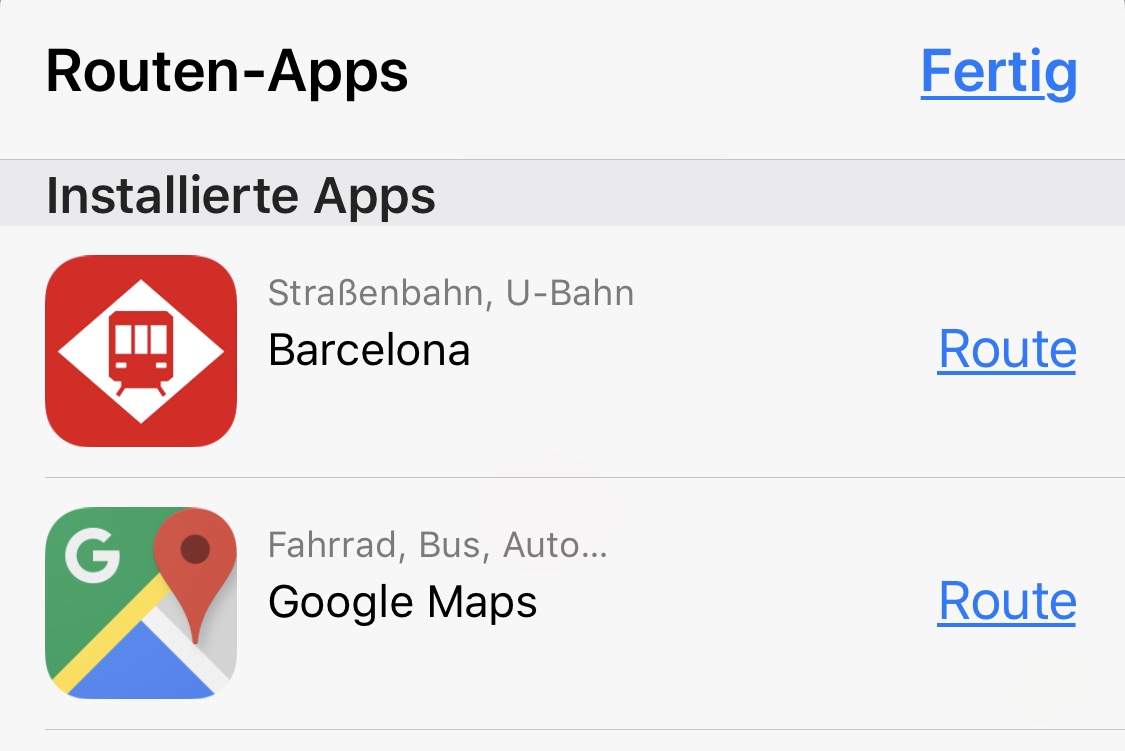Apple maps can open routing apps when it can't provide a route:
I want to open a few of those apps from my app. I am aware that I have to whitelist each app that I want to open. This is not the problem.
How can I find out the url schemes of those Apps that are installed on my iPhone?
One idea is to make a backup via iTunes and at the info.plist of the app. In this plist, the url schemes should be defined with the cfbundleurlschemes key.
I think I found such an app in a backup, but I don't know how to extract the file to get the info.plist file. adding .zip and extracting doesn't work.
Other ways to get the URL scheme are also welcome, especially ways to get example parameters of the URL scheme of an app. So looking at Apple Maps how it opens a specific routing app would be nice.
Yes I know how to open Google Maps. I want to know how to open those where I can't find a documentation.
So how can I find out URL schemes of routing apps on my iPhone?
There is an answer that suggests to extract the .ipa file, but there aren't .ipa files with iOSA 11 any more.

